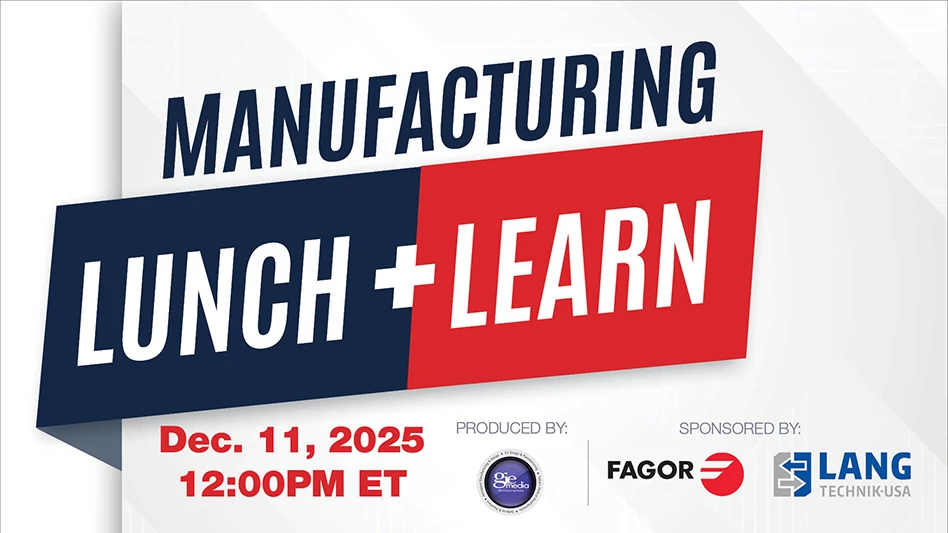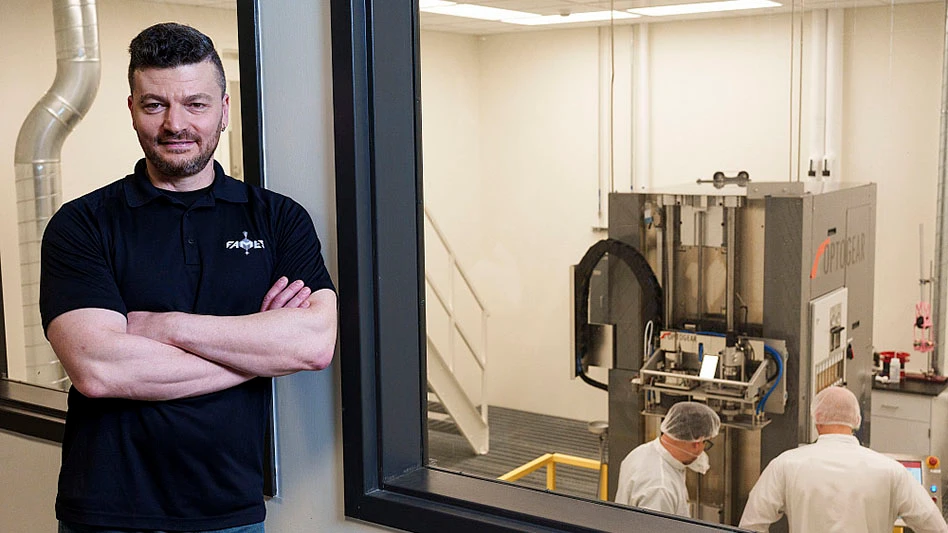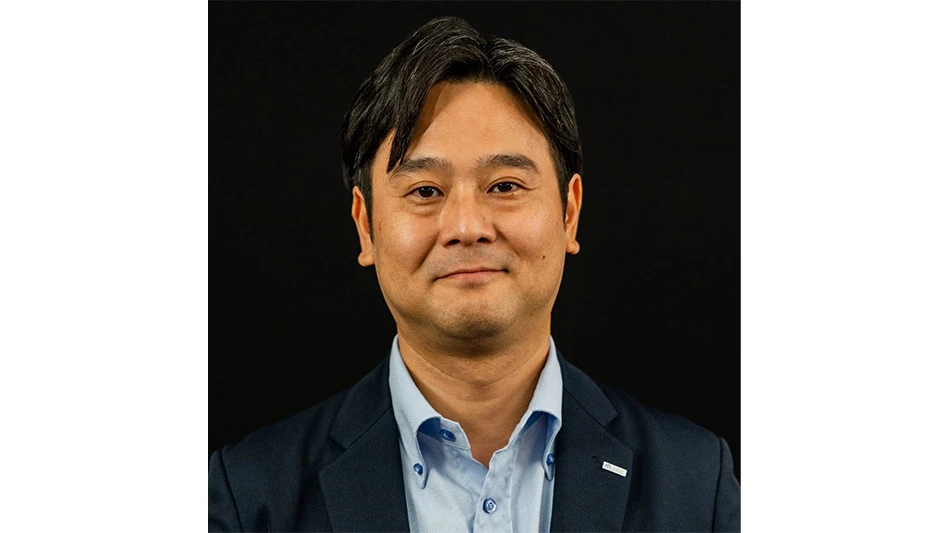
EModic@gie.net
“There is nothing permanent except change” is a quote attributed to the ancient Greek philosopher Heraclitus. Change in manufacturing is what I wrote about in our June editorial wondering how the industry will look to the 2038 graduates. After authoring that column I came across an article from the World Economic Forum’s Centre for Advanced Manufacturing and Supply Chains regarding jobs and the future of work.
The author’s take is, “Many of today’s digital manufacturing tools aren’t designed with frontline workers in mind. Interfaces are complex, workflows are rigid, and training is outdated. The result? Frustrated employees, slower adoption, and under-utilized technology investments.”
I wondered what an AI bot would respond when prompted about why digital transformation could be stalling in manufacturing. Part of its response was successful digital transformation requires a strategic roadmap, executive commitment, cross-functional collaboration, and investment in technology and people. The bot noted skill gaps and workforce resistance was one issue: A lack of workers with manufacturing knowledge and digital/IT skills; and vendor and solution overload: The market is flooded with technologies (AI, IoT, predictive maintenance, etc.), but choosing the right solutions and effective integration is complex.
Nicholas Leeder, founder of Nick Leeder & Co. and author of the WEF article echoed what even AI thought, “Technology vendors play a critical role in the success of manufacturing’s digital transformation. Yet, too often, tools are designed for engineers, not operators…For digital transformation to succeed, the end-user experience must be prioritized – not treated as an afterthought.”
That end-user experience is going to be different 5, 10, 20 years down the road but first a company needs to look at what’s taking place on the shop floor today. While many companies recognize the potential benefits of embracing a digital transformation – such as increased efficiency, reduced downtime, and better decision-making – implementing these changes at scale can be difficult, because it requires change across a company.
Just as I noted last month, the class of 2038 needs to be equipped with the skills by the time they enter the workforce – as it will have changed from today. Leeder notes this as well for today’s workforce, writing “the real challenge is how we equip and support that workforce to succeed. The manufacturers and vendors that solve this won’t just bridge the skills gap – they’ll leave their competitors behind. The future of manufacturing belongs to those who stop waiting for the perfect worker and start designing for the workforce they already have.”
Change is also happening here. As I was recently promoted to publisher for GIE Media’s Manufacturing Group of magazines I will be handing main responsibility of Today’s Medical Developments magazine to Managing Editor Clare Scott starting with the August 2025 issue. While bittersweet to leave behind writing, I know Clare will bring her own insights about medtech manufacture and design and will work to keep you informed about the latest technologies so you’re not behind the changes.

Explore the July 2025 Issue
Check out more from this issue and find your next story to read.
Latest from Today's Medical Developments
- Battelle awards $900,000 in STEM education grants to Ohio schools
- #55 Lunch + Learn Podcast with KINEXON
- Starrett and Gerstner offer limited edition, American made 1950s replica wooden machinist tool chests
- EMCO’s UNIVERSALTURN 50: The new benchmark in universal turning
- Archetype's Expertise for Equity accelerates early-stage innovation
- Stratasys expands its AM solutions with Tritone's cutting-edge technology
- Xact Metal launches the XM200G µHD metal printer
- #77 Manufacturing Matters - Supply Chain - Smoothing Out or Something Else? with Lisa Anderson





